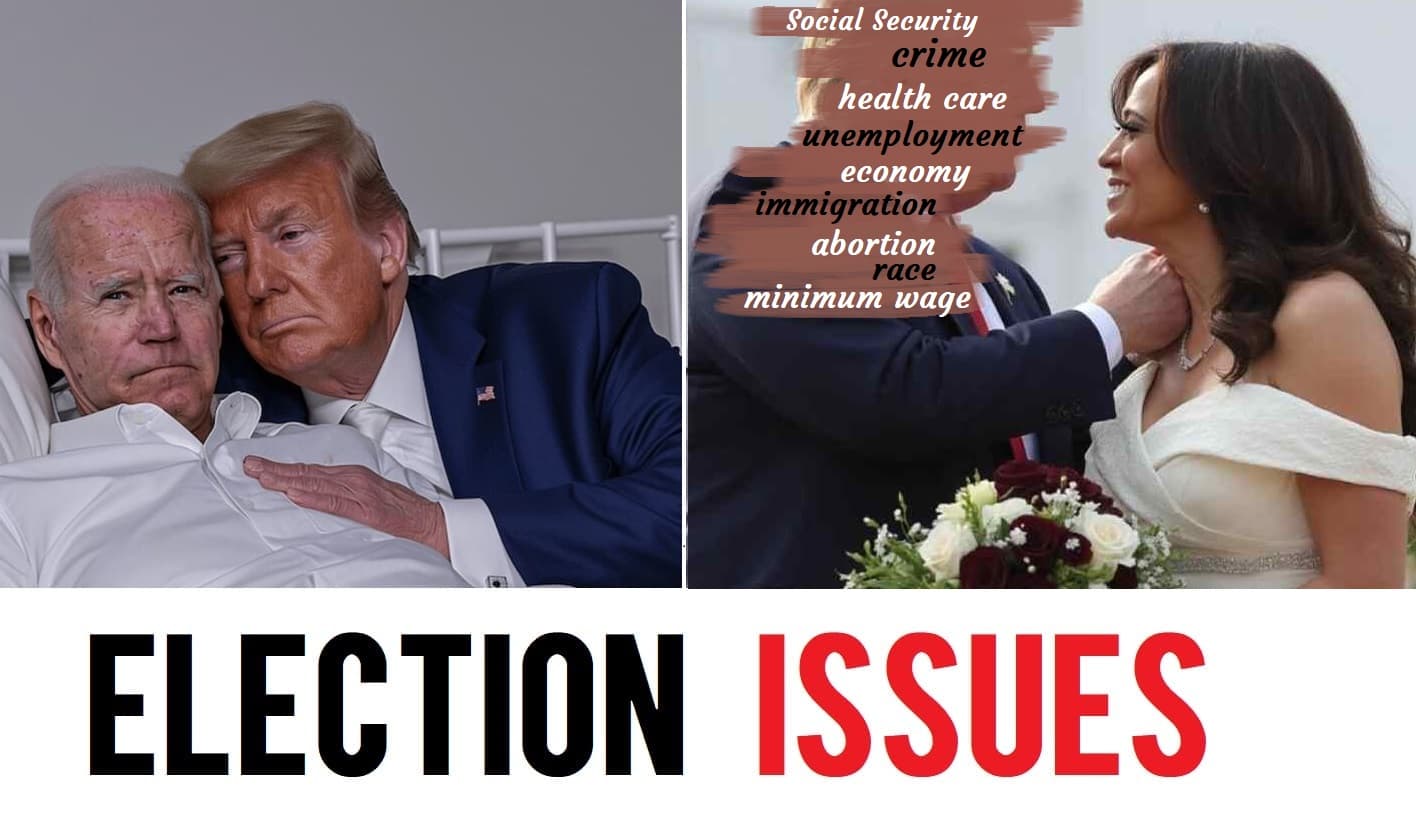
Key Takeaways
- Crime Rates: Higher regional crime rates often lead to more support for stricter gun control.
- Party Affiliation: Your political party influences your stance on gun safety regulations.
- Urban vs. Rural: Urban and rural voters have different views on gun ownership.
- Gender Influence: Women play a significant role in shaping gun control policies.
- Social Media: Online platforms heavily impact public opinions on gun rights and control.
- Education Levels: Higher education levels are generally associated with more support for gun control.
Understanding these dynamics helps you see how complex and varied public opinions on gun policies can be.
The Effect of Regional Crime Rates on Gun Policy Preferences and Public Opinions
Crime Rates and Gun Policy
High Crime Areas: In regions with high crime rates, people often support stricter gun control measures. This is because residents may feel that tougher regulations could help reduce violence and improve safety.
Low Crime Areas: Conversely, in areas with lower crime rates, people might be less inclined to support stringent gun laws. They may feel that such measures are unnecessary and could infringe on their right to own firearms.
Example: Residents of a city with frequent violent crimes might advocate for policies like gun buybacks and mandatory safety training, while those in a rural area with minimal crime might resist such changes, focusing instead on maintaining their gun rights.
How Party Affiliation Affects Attitudes Toward Gun Safety Regulations and Policies
Political Party Influence
Republican Views: Typically, Republicans are more supportive of gun rights and are often opposed to strict gun control measures. They emphasize the importance of the Second Amendment and self-defense.
Democratic Views: Democrats generally advocate for more comprehensive gun control measures. They focus on reducing gun violence through regulations like background checks and limits on certain types of firearms.
Example: During an election, a Republican candidate might promote policies that expand gun ownership rights, while a Democratic candidate might propose stricter regulations to curb gun violence.
Comparative Analysis of Attitudes Toward Gun Ownership Among Urban and Rural Voters
Urban vs. Rural Perspectives
Urban Voters: People living in cities often experience higher levels of gun violence and may support more restrictive gun control measures. They might advocate for policies such as enhanced background checks and restrictions on high-capacity magazines.
Rural Voters: Those in rural areas typically view guns as essential for hunting and personal protection. They are more likely to support fewer restrictions and may resist changes that they feel limit their access to firearms.
Example: An urban resident might support a city ordinance that regulates firearm storage to prevent accidental shootings, while a rural resident might prioritize laws that allow for easy access to guns for hunting and self-defense.
The Role of Women in Shaping Gun Control Policies and Public Opinions
Women’s Influence
Advocacy for Safety: Women generally advocate for stricter gun control measures, often focusing on issues such as domestic violence and community safety. Their perspectives are influential in shaping policies aimed at reducing gun violence.
Policy Impact: Women’s voices have led to significant gun control reforms, including measures to prevent gun access for individuals with restraining orders or those convicted of domestic violence.
Example: Women’s organizations may push for legislation that requires background checks for all gun purchases or bans on assault weapons, reflecting their concerns about safety and prevention.
How Social Media Influences Public Attitudes Toward Gun Rights and Gun Control
Social Media’s Role
Information Spread: Social media platforms play a crucial role in shaping opinions on gun rights and control. They can spread information rapidly, both factual and misleading, influencing public perceptions.
Echo Chambers: Online communities can create echo chambers where users are exposed primarily to information that reinforces their existing beliefs. This can polarize views on gun control, making compromise more challenging.
Example: A viral social media post highlighting the success of gun control measures in other countries might increase support for similar policies in the U.S., while a post emphasizing self-defense success stories could bolster support for gun rights.
The Impact of Gun Violence Statistics on Policy Preferences Among Different Demographics
Influence of Statistics
Increased Awareness: Rising gun violence statistics can shift public opinion towards supporting more gun control measures. People might advocate for changes such as improved mental health screenings or stricter firearm regulations.
Demographic Variations: Different demographics respond differently to gun violence statistics. For instance, younger people or those with higher education levels might push for stricter regulations, while older or less formally educated groups might focus on preserving gun rights.
Example: A surge in gun violence reports in a community might lead local leaders to push for policy changes like community policing or gun buyback programs, reflecting public concern for safety.
Analyzing Differences in Gun Control Support Between Different Educational Levels
Education and Gun Control
Higher Education: Individuals with higher levels of education often support more stringent gun control measures. They may be more aware of the complexities of gun violence and the benefits of regulation.
Lower Education: Those with lower education levels might focus more on preserving their rights and less on the nuances of gun violence and control measures.
Example: A college-educated individual might support comprehensive gun safety training and regulation, while someone with less formal education might prioritize maintaining access to firearms for self-defense.
The Role of Historical Context in Current Gun Ownership and Control Debates
Historical Influence
Past Policies: Historical gun laws and events shape current debates on gun ownership and control. Previous legislation, such as the Assault Weapons Ban or the Brady Act, sets precedents that influence current opinions and policy proposals.
Evolving Perspectives: As society evolves, so do perspectives on gun control. Historical context helps explain why certain measures gain support or face resistance over time.
Example: The renewal of past gun control laws often prompts public debates reflecting on their effectiveness and impact, influencing how current policies are shaped.
Comparative Study of Gun Rights and Gun Control Attitudes Among Different Political Ideologies
Ideological Differences
Conservative Views: Conservatives typically support gun rights and are wary of restrictive gun control measures. They often emphasize personal responsibility and the right to self-defense.
Liberal Views: Liberals generally advocate for stricter gun control policies. They focus on the need for regulations to reduce gun violence and enhance public safety.
Example: A conservative politician might argue for fewer restrictions on gun ownership, while a liberal counterpart might push for comprehensive background checks and limitations on firearm sales.
Navigating the complex landscape of gun policy preferences requires understanding how various factors influence public opinions. For more information on gun control and policy trends, check out resources from The Center for Disease Control and The Pew Research Center.











